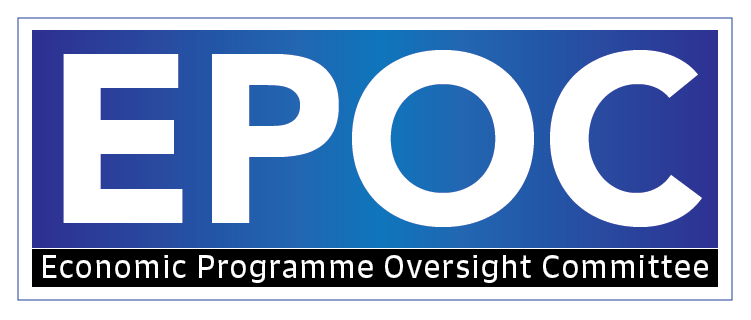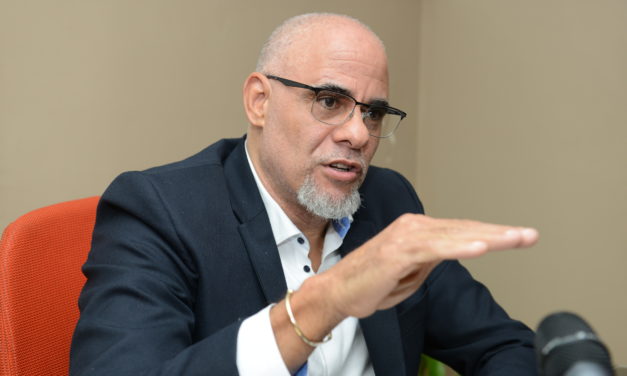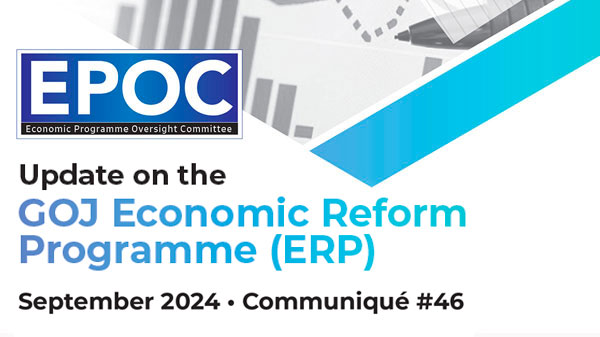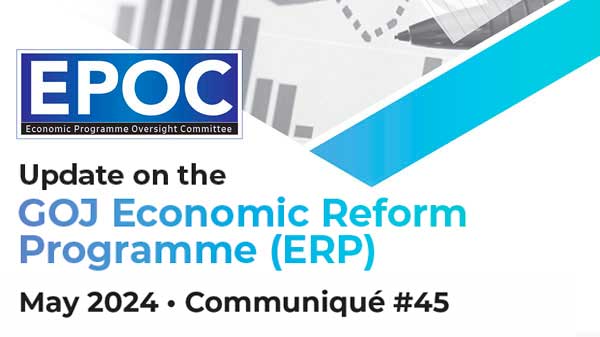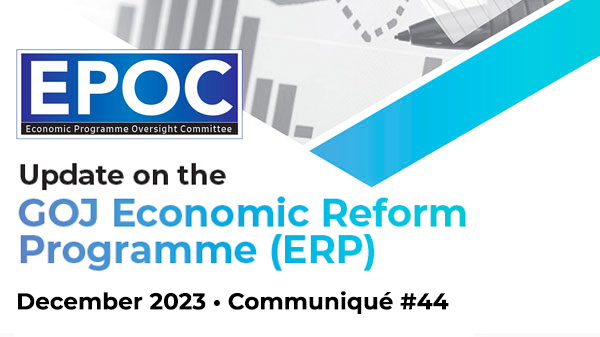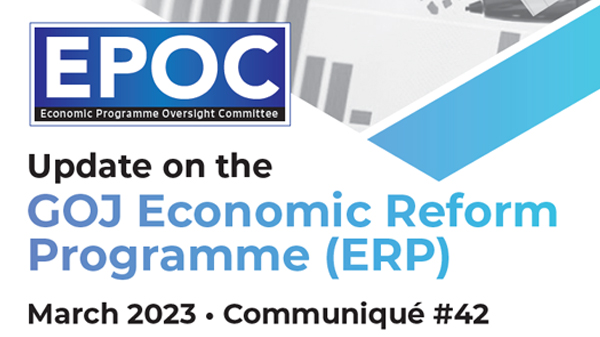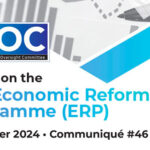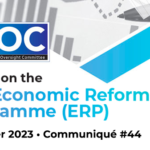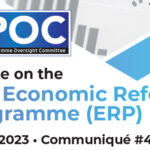February 2019: UPDATE ON 3-YEAR IMF PRECAUTIONARY STAND-BY ARRANGEMENT (PSBA)
EPOC-Communique-23
The EPOC met on February 15, 2019 and reviewed the latest available results for the period ending September 2018. For the review period April to December 2018, the Fiscal Performance continued its positive trend.
Download document.
Read More